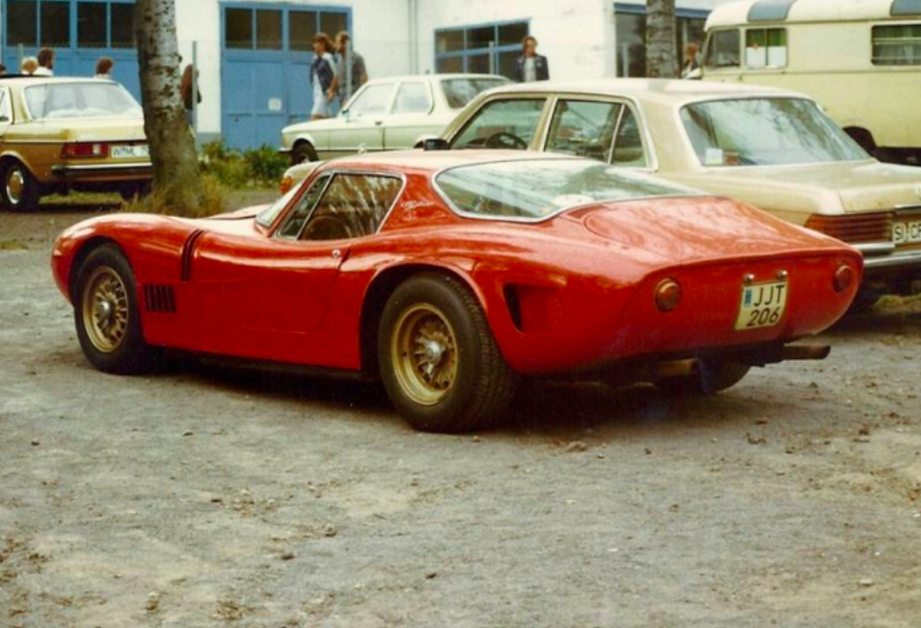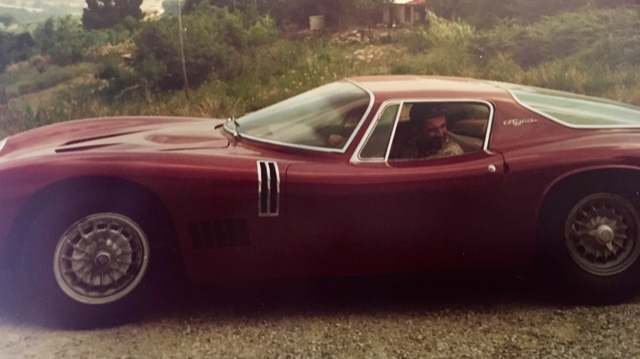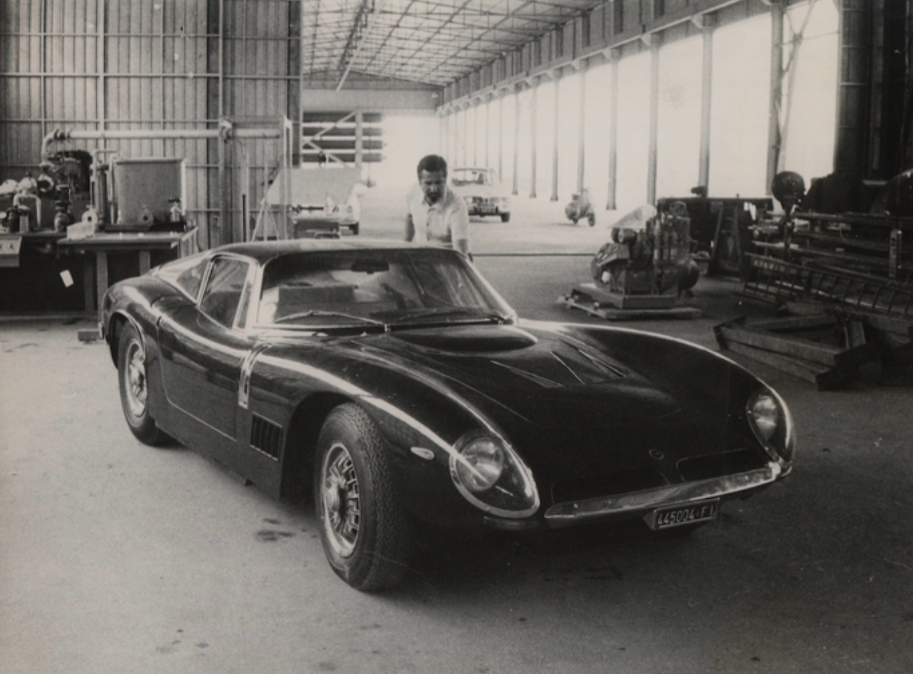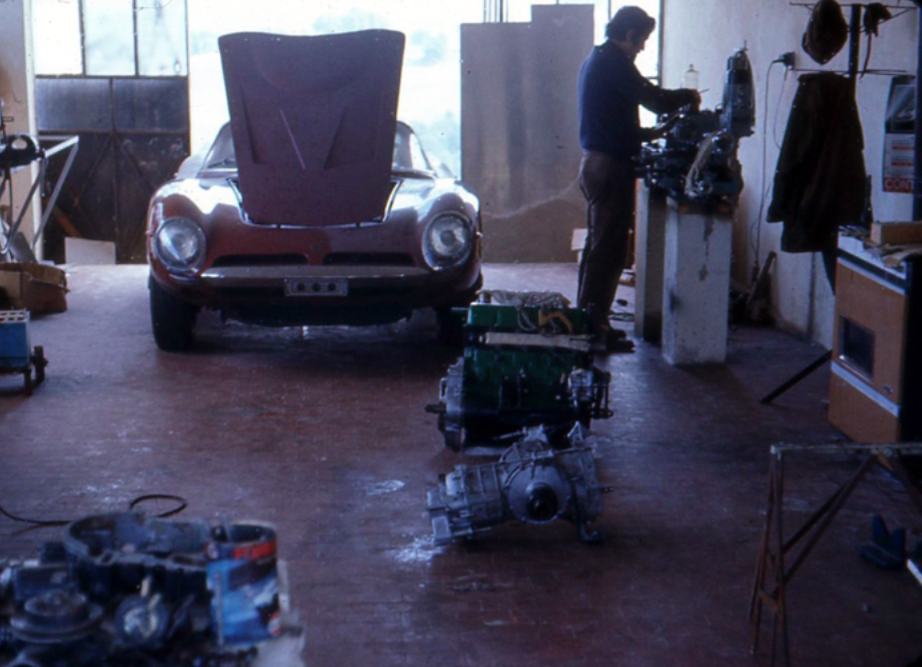
1967
Bizzarrini GT 5300 Strada
355 bhp, 5,354 cc Chevrolet Corvette V-8 engine, single four-barrel carburetor, four-speed manual gearbox, independent front suspension, de Dion rear axle, and four-wheel hydraulic disc brakes. Wheelbase: 2,450 mm
One of the most renowned automotive engineers of all time, Giotto Bizzarrini, made his mark on the automotive industry while employed by a handful of the industry’s most renowned companies. But perhaps his most interesting creations were the ones that bore his own name.
Upon his graduation from the University of Pisa in 1953, Bizzarrini found employment with Alfa Romeo and quickly rose through the ranks to work in the experimental department. The young Italian’s skills were definitely revered, and his next opportunity came from Ferrari, where he was largely responsible for the development of many of what would become the company’s most iconic cars, including the 250 Testa Rossa, the 250 SWB, and the 250 GTO.
1961 proved to be a very successful year for Ferrari in racing, yet tensions were rising inside the factory gates. A number of senior staff members that were vital to engineering and development, including Bizzarrini, walked out in frustration with the company and left “Il Commendatore” to fend for himself. In the long run, this would prove to work out quite well for the young engineer.
The defectors quickly formed ATS, with the intention of rivalling Ferrari, but Bizzarrini soon left the new organisation, electing to go it alone. Bizzarrini won a commission from Italian industrialist and Ferrari rival Ferruccio Lamborghini, for whom he designed the formidable and enduring Lamborghini V-12 engine. In addition, Count Volpi, of Scuderia Serenissima, selected Bizzarrini for the project that gave rise to the famous Piero Drogo-bodied Ferrari 250 GT SWB “Breadvan” derivative.
Bizzarrini was then involved with highly successful Milanese industrialist Renzo Rivolta, who desired to build a GT car of his own. Thus, he helped to develop the effective platform-type chassis for the Iso Rivolta GT prototype. Shortly thereafter, the Iso Grifo was introduced on a shortened Rivolta chassis. It proved to be a wonderful automobile, as it combined a race-inspired chassis with reliable Chevrolet power and was wrapped in beautiful Italian styling.
Convinced of the Grifo’s competition potential, Bizzarrini built his own version of the Grifo for racing, and it achieved great success, amazingly winning the GT class at Le Mans in 1964 and again in 1965. During this period, however, the working relationship between Rivolta and Bizzarrini grew increasingly conflicted, as Iso continued to build road going Grifos and Bizzarrini focused on racing. Since Bizzarrini had legally registered the Grifo name, a deal was ultimately struck to allow its use by Iso in exchange for enough parts to build a number of A3Cs, in both Strada road going form and Corsa variants for racing.
Whilst the dramatic Bertone-designed Strada was ostensibly a street car, its specifications read like those of an all-out competition car, as it had lightweight aluminium bodywork by BBM, of Modena, a fabricated platform chassis, and a semi-monocoque body riveted to the frame. Output of the front/mid-mounted 5.3-litre Chevrolet V-8 engine ranged between 355 and 400 horsepower, providing a claimed top speed that approached a staggering 180 mph. Despite its performance and due to Bizzarrini’s predilection for racing, very few examples of the road going 5300 GT Strada were ultimately produced during its six-year production run. This example has had just two owners, one being Giotto Bizzarrini himself. Full ownership documentation and a large file of period photographs and documents accompany the car.


